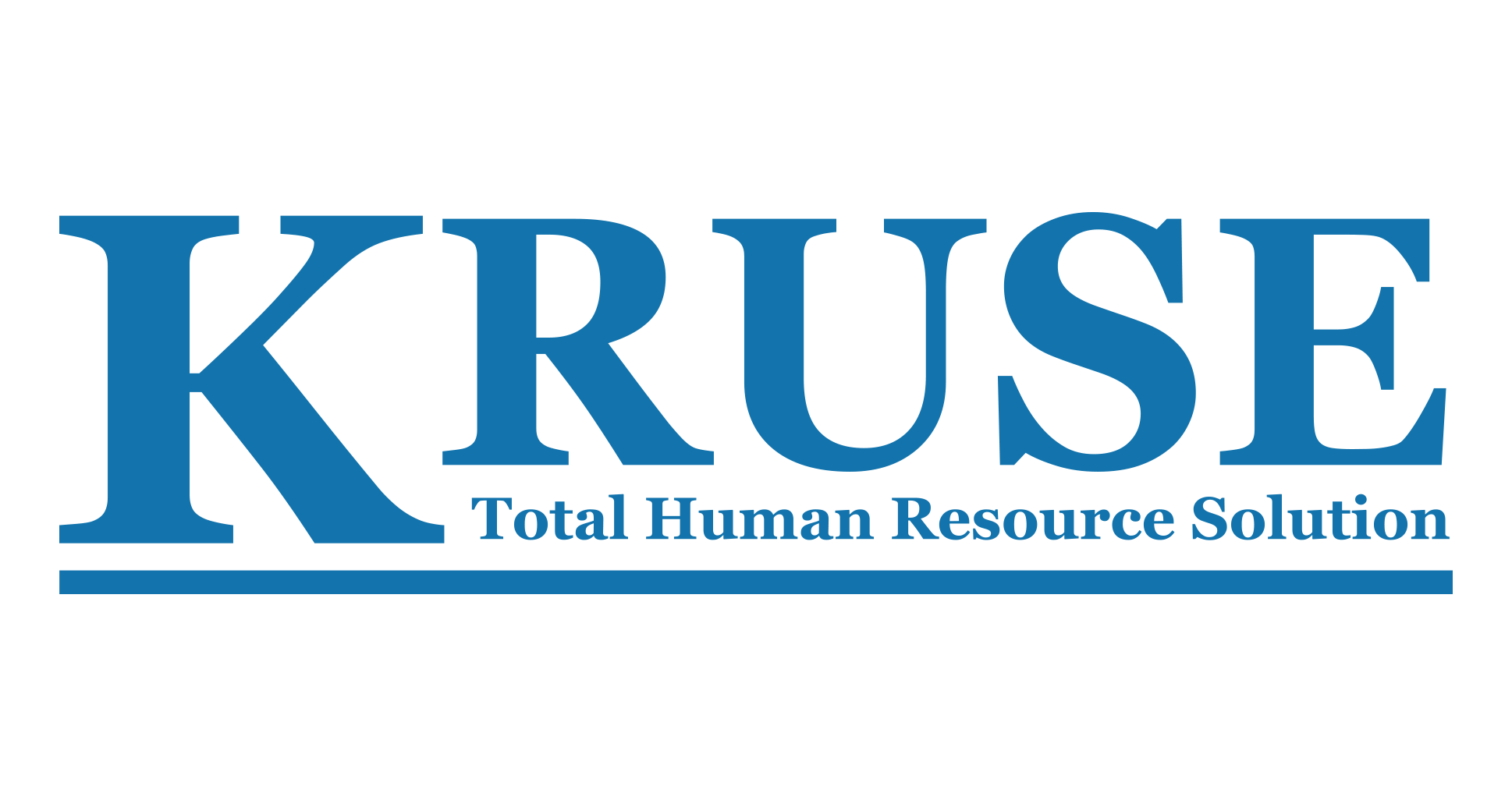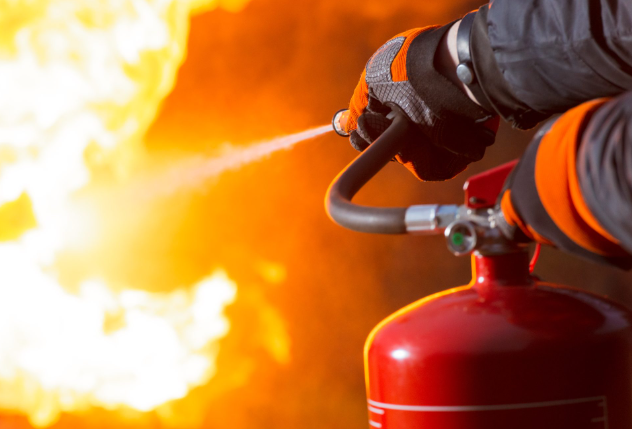Think of Fire Before it Starts
•Local fire departments responded to 1,353,500 fires in 2021. These fires caused 3,800 iiicivilian deaths, 14,700 civilian injuries, and $15.9 billion in property damage.
•In 2021, every 23 seconds a fire department in the United States responds to a fire iiisomewhere in the nation. A fire occurs in a structure at the rate of one every 65 seconds.
Fire is the third leading cause of accidental deaths in the United States and more than 150 workplace fires occur every day according to FIU Environmental Health & Safety.
On February 20, 2003, a fire devastated The Station nightclub after pyrotechnic displays ignited flammable acoustic foam in the walls and ceilings surrounding the stage. The fire was the 4th deadliest at a nightclub in U.S history resulting in 100 deaths and 230 injuries. This tragic event could have been prevented if proper fire safety measures were in place. Proactive fire risk evaluation would have identified the dangers in the pyrotechnic displays along with flammable foam walls and ceiling panels and immediate actions with risk elimination or improvements would have been executed.Prevention, planning, and training are all key to decrease the risk of a fire. Use the following tools and information to implement increased fire safety and awareness in the workplace.
Fire Safety Tips in the Workplace Prevention
•Maintain fire safety equipment and schedule regular fire suppression system checks.
•Regularly inspect workplace for fire hazards and properly identified emergency exits; keep all pathways and doors clear of obstructions.
•Keep workspaces and equipment clean, dry, and well ventilated; clearly mark flammable materials and storage.
•Eliminate electrical hazards – check for damage cords, do NOT overload electrical outlets and use smoking or sparking equipment.
•Properly store and dispose of hazardous materials, do NOT exceed storage limits.
•ALWAYS ground dispensing containers when filling with flammable or combustible contents. •Establish designated smoking areas outside and away from fire hazards. Planning
•Have an Emergency Action Plan (EAP), in writing, available to all employees. •Have an evacuation plan as part of the EAP.
•Post unobstructed exit signs and escape routes.
•Regularly update and verify contact informaiton for all employees.
•Invite the local fire department to conduct a walkthrough.
Training
•Teach employees their assigned roles, as outlined in the EAP.
•Conduct routine fire drills.•Plan and practice multiple escape routes.
•Educate employees on proper fire extinguisher use, including PASS – Pull the pin, Aim the spray nozzle at the base of the fire, squeeze the handle, sweep back and forth. Friendly reminder, if you have yet to conduct a fire drill this year, now is a great time to conduct one! Practice makes perfect and is needed before a real-life event occurs.

